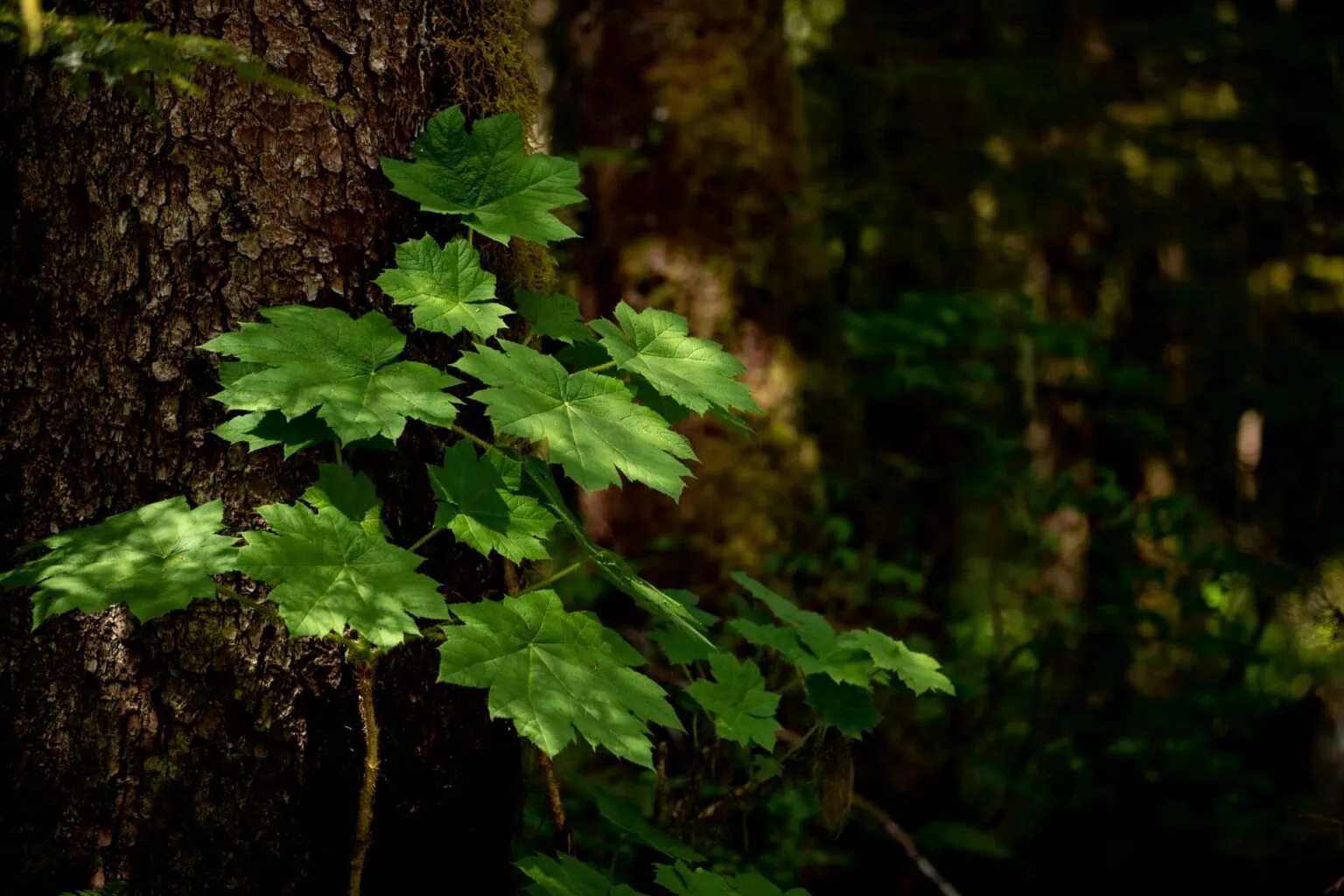JUNEAU, Alaska – American Indian and Alaska Natives experience the highest burden of oral health issues among populations. Therefore, researchers at the University of Alabama at Birmingham School of Dentistry are partnering with the SouthEast Alaska Regional Health Consortium to help better understand and improve oral health among geriatric and pediatric populations in this region.
Geriatric oral health in Southeast Alaska
Joana Cunha-Cruz, DDS, Ph.D., professor at UAB, has received a $3 million R01 grant from the National Institutes of Health to improve the oral health of vulnerable patient populations in Southeast Alaska. With this grant, Cunha-Cruz is partnering with SEARHC to gain important knowledge on how to improve clinical decision-making for better oral health among the geriatric Alaska Native populations.
Older Alaska Native adults have almost three times as much untreated decay compared to United States white adults ¾ 46 percent vs. 16 percent, respectively ¾ and over 10 percent more than Black adults in the United States, according to Indian Health Service. They are more likely to have periodontal disease than other race and ethnic groups. This burden is believed to be attributed to social determinants of health this population faces, including access to care and financial burdens.
“Periodontal disease is linked with several other systemic diseases affecting the lungs, heart, brain and kidneys,” said Marcia Weiland, DDS, a dentist at Mt. Edgecumbe Medical Center – Dental Clinic. “The elderly population can be affected in several ways: saliva reduction due to multiple medications, lack of dexterity and visual impairment. Seeing the patient holistically will lead us to adjust and deliver the best treatment.”
Researchers are working with SEARHC Dental Clinics to invite patients who are 60 years or older to be part of the study. SEARHC is one of the largest Native-run, tribal health care organizations in the country, providing dental, physical and behavioral health services to all residents of Southeast Alaska. The organization serves patients at two hospitals and multiple clinics across the region, spanning 27 communities. This partnership is allowing researchers to see the outcomes of care, the opportunities and challenges of treating patients in Southeast Alaska communities, and how oral diseases in this population progress.
“This study is innovative and highly relevant to public health and clinical research because it addresses the lack of rigorous prospective studies, and the uncertainty in prognosis and prognostic factors when managing oral disorders in patients suffering the greatest oral disease burden,” Cunha-Cruz said. “We will gain important knowledge on how to potentially improve clinical decision-making for improved Alaska Native geriatric oral health.”
The researchers and providers are examining how a team-based approach, including dentists working with dental therapists, dental hygienists, dental assistants and community health aides, can benefit a patient. They are analyzing the links between certain medical conditions and the progression of periodontal disease, helping to identify barriers to care access and focusing on improving care delivery systems.
“By implementing a collaboration between the patient’s dental and medical providers, we are able to treat the whole patient,” said Mandie Smith, DDS, senior clinical adviser in the SEARHC Dental Program. “We want to provide care that looks at the whole person, not just their oral health needs. Our overall goal of this research is to utilize a comprehensive health care approach in prevention and behavior modification to improve the quality of life and longevity of our elders.”
Pediatric oral health in Southeast Alaska
In addition to studying oral health among geriatric populations, Cunha-Cruz partnered with SEARHC in a published study that analyzed pediatric oral health in the region. American Indian and Alaska Native children suffer from the poorest oral health of all populational groups in the United States. And while evidence-based practices for caries, more commonly referred to as cavities, control are well established, implementing these practices has been difficult.
With this study, Cunha-Cruz and her team focused on working with providers to develop interventions and goals for children’s oral health. Once the clinics had established their goals, the researchers worked with these providers to develop clinical guidelines and identify the most common barriers to guideline implementation. The providers then created action plans to overcome these barriers. Over the course of the study, researchers checked back in with these clinics to ensure they were on track to meet their goals.
“This research allowed dental providers to reflect on the steps they were taking in these clinics to help these pediatric populations and determine whether there were any changes that needed to be made to better address the health disparities in the Southeast Alaska region,” Cunha-Cruz said.
The qualitative study can inform the design and evaluation of process-oriented strategies to implement many clinical guidelines with the potential to decrease health inequities and improve health outcomes in American Indian and Alaska Native children and adolescents.
About UAB
Known for its innovative and interdisciplinary approach to education at both the graduate and undergraduate levels, the University of Alabama at Birmingham, a part of the University of Alabama System, is an internationally renowned research university and academic medical center with more than $715 million in annual research funding and an economic impact on the state exceeding $12.1 billion a year. UAB is Alabama’s largest employer, with some 28,000 employees, and was named Forbes’ No. 1 Large Employer in the United States in 2021. UAB enrollment surpassed 21,500 for the fifth consecutive year in fall 2022. The university offers more than 180-degree programs in nine schools and one college. The pillars of UAB’s mission include education, research, innovation and economic development, community engagement, and patient care. Learn more at www.uab.edu.
About SEARHC
Established in 1975, SEARHC is one of the largest Native-run health care organizations in the United States. As an independent and nonprofit health consortium, SEARHC provides health-related services in 27 communities throughout Southeast Alaska. Visit searhc.org for more information.
Media Contacts
Anna Jones, 205.644.1745 or ajones7@uab.edu
Kathryn Sweyer, 206.484.0591 or searhcnewsroom@searhc.org
Download press release here.

